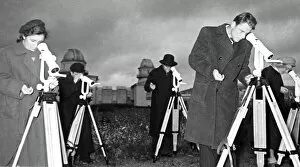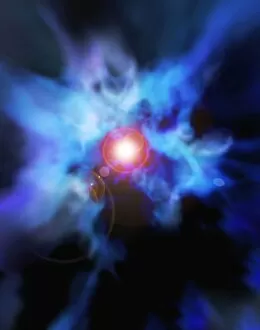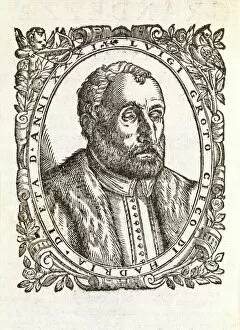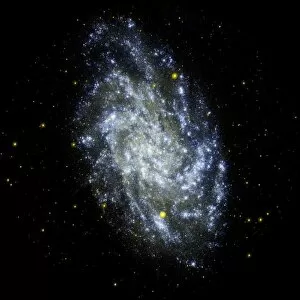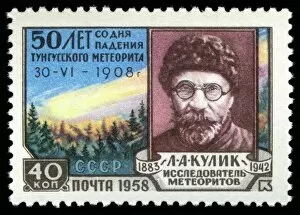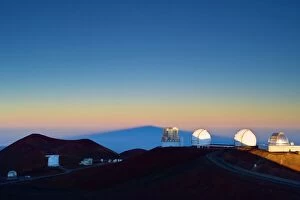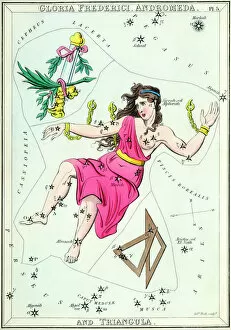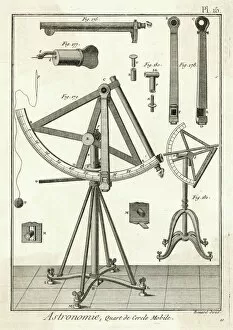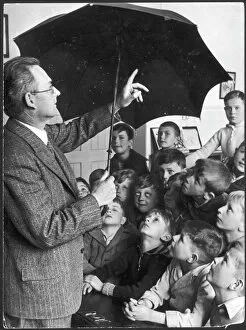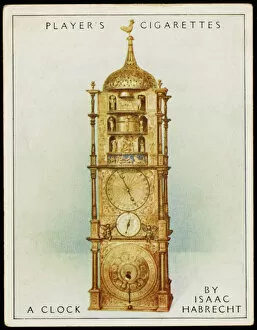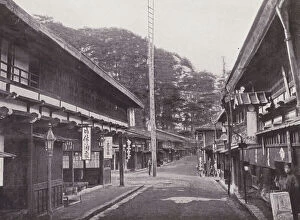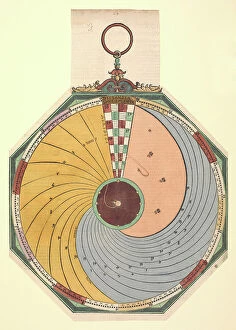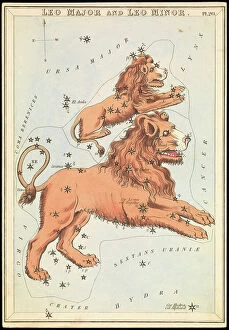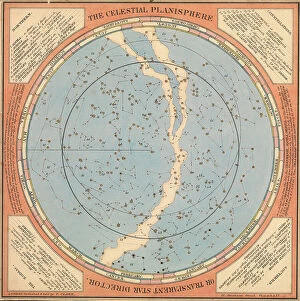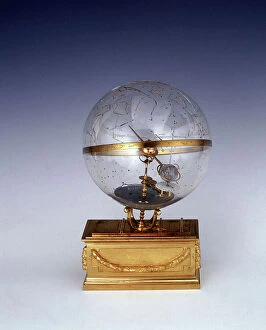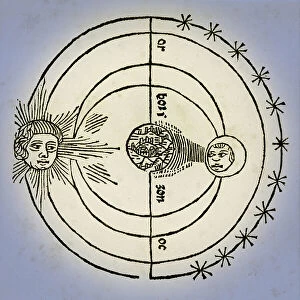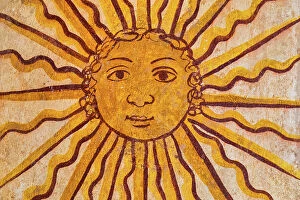Astronomical Collection (page 6)
Astronomical wonders unfold before our eyes, revealing the vastness and beauty of the cosmos
All Professionally Made to Order for Quick Shipping
Astronomical wonders unfold before our eyes, revealing the vastness and beauty of the cosmos. From the iconic Pale Blue Dot captured by Voyager 1 to the mesmerizing Hubble Ultra Deep Field 2012 image, we are reminded of our place in this infinite expanse. The historic 1919 solar eclipse confirmed Einstein's theory of general relativity, forever altering our understanding of space-time. Gazing up at the night sky, we find solace in familiar constellations like The Plough asterism in Ursa Major and Orions belt, guiding us through the celestial tapestry. Joseph Wright's Orrery brings to life a mechanical representation of our solar system, reminding us of its intricate workings. The Hubble Ultra Deep Field galaxies captivate with their sheer number and diversity, showcasing countless cosmic marvels waiting to be explored. The Messier objects present a full set of celestial treasures for astronomers to uncover and study. Within Orion's nebula lies a stellar nursery where new stars are born amidst swirling gas clouds—a breathtaking sight that ignites curiosity about the origins of life itself. Earthrise photograph immortalizes humanity's first glimpse at our home from space—an artwork that evokes awe and unity among all who behold it. The Pillars of Creation stand tall within the Eagle Nebula—a testament to nature's ability to sculpt extraordinary formations over millions of years. Nebula Sh 2-106 reveals its vibrant colors through an exquisite HST image, captivating us with its ethereal beauty. As we continue exploring these astronomical wonders, let us embrace both humbleness and wonderment—knowing that there is still so much left undiscovered beyond what meets our eyes.



